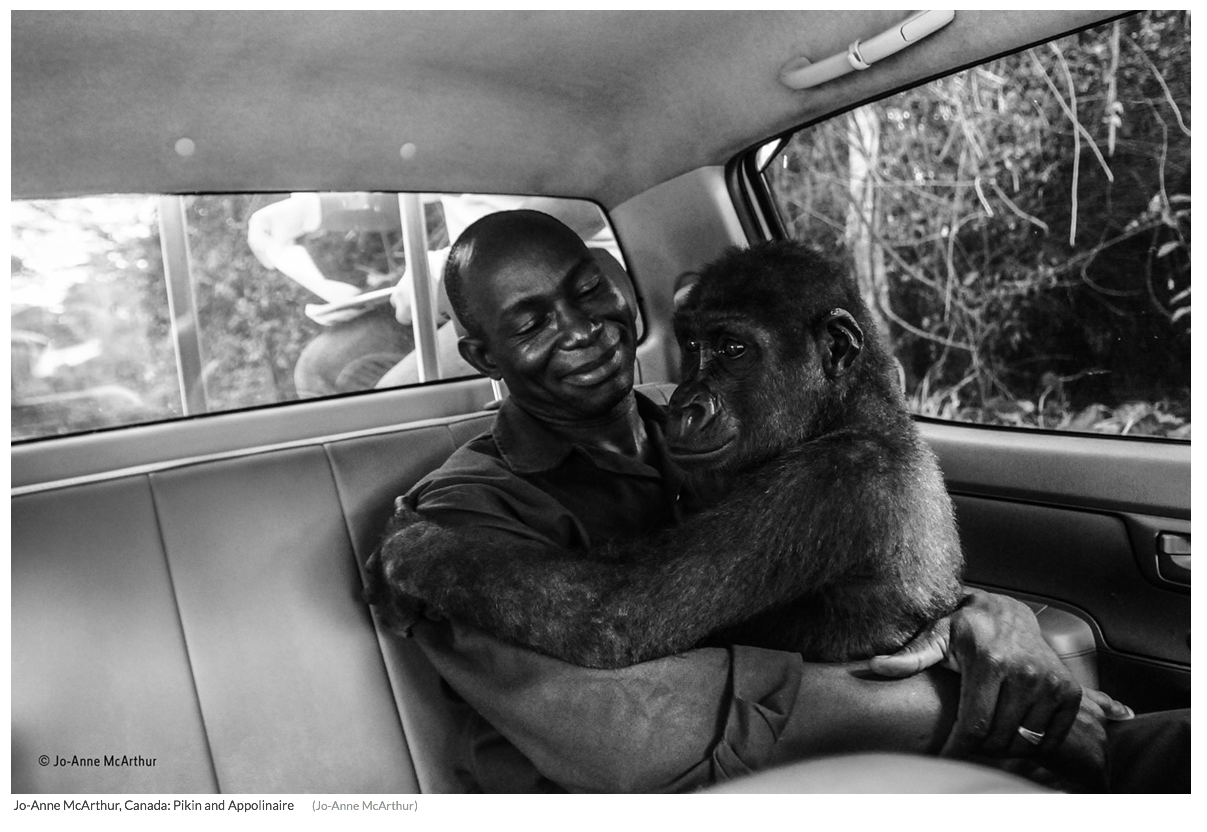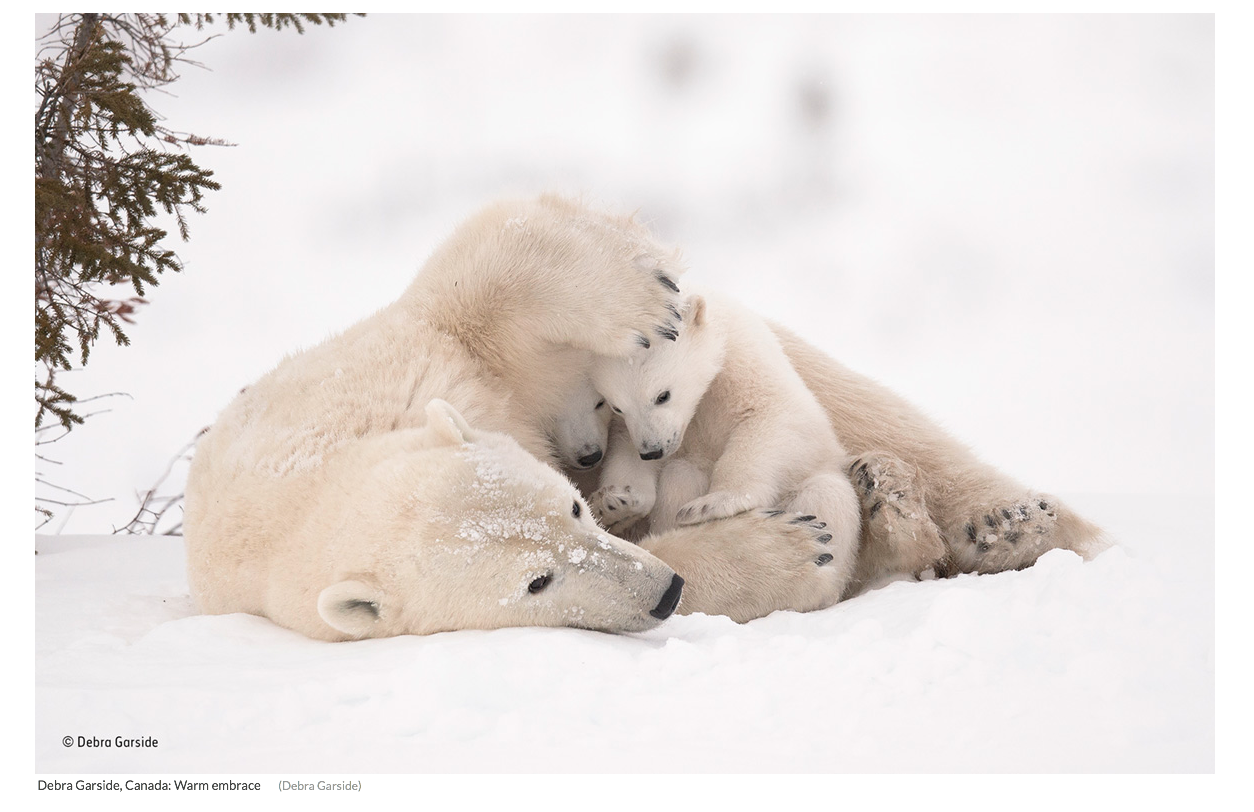The curious conservation conundrum surrounding rhino rancher John Hume and his 1,500 rhinos has been in the news for some time now in his native South Africa. Hume hopes to harvest their horns — made of keratin, the same substance as human fingernails, the horns can be cut off and harvested without causing pain or harm to the animal — and in theory help save the species, by flooding the black market with legally sourced rhino horn and — in theory — put black market profiteers, and rhino poachers, out of business.
That’s the theory, anyway. Alarmed conservationists say flooding the market with supposedly legitimate rhino horn would only boost demand. It would be difficult if not impossible, they say, to distinguish legal horn from illegal horn. It would send a message, too, that rhino horn is a perfectly legitimate product, provided it’s sourced properly.
Any number of conservation laws and protections would have to be lifted for Hume to turn his idea into a long-term, thriving business, and so far lawmakers have been doubtful — not just in South Africa, but throughout the world.
Hume has argued that if something isn’t done soon to make rhino horn legal, he’ll go out of business, since keeping and breeding 1,500 rhinos isn’t exactly cheap.
Irony aside, a major part of his expenses is hiring security for his ranch, to ensure that rhino poachers — heavily armed and well organized — don’t whack his own farm animals to turn a quick buck on the black market.
The story, with all its twists and turns, would have stayed in South Africa and a handful of European countries but for the top-rated US TV news program 60 Minutes, now in its 50th season. Last weekend, 60 Minutes aired a 15-minute segment on Hume’s rhino ranch and the attending controversy.
The segment, ironically enough, was reported by 60 Minutes veteran Lara Logan, herself a native of South Africa, having been born and raised in Durban.
Hume, perhaps mindful of the present occupant of the U.S. presidency — the U.S. president’s a two sons are both avid big-game hunters and, what’s more, proud of shooting animals in Africa, whether those animals are on the endangered species list or not — talked a good game. He equated the legal ban on rhino horn to Prohibition, pointing out that when Prohibition was finally lifted, organIzed crime was squeezed out of the booze business.
No one thought to mention, least of all Logan, that the economics of scale don’t quite fit: Booze can be distilled relatively inexpensively — at least, compared to farming rhinos — and distributed relatively easily, across a wide area, to an expansive and and growing market that includes, well, just about everyone.
Raising rhinos, on the other hand, is expensive, slow and time-consuming. A rhino’s gestation period is 18 months, and rhinos, both the northern black and southern white rhinos, have just one baby at a time. They don’t breed like rats, in other words, or even cows or horses.
Besides, not everyone is in the market for rhino horn — even if it is worth more per gram than gold. The appetite is so great for rhino horn is now so great that it fetches up to USD 100,000/kg.
There may be many, many people in Vietnam, China, Laos and Thailand, but even there, not everyone believes rhino horn will cure cancer (it doesn’t) or make one’s erection bigger and last longer (it won’t).
Curiously, the market in rhino horn for making dagger handles in the Arabian peninsular and Gulf oil states has fallen on hard times of late, perhaps because oil sheikhs and idle Saudi princes have found more malleable, sought-after materials to show off as status symbols, or perhaps it’s that rhino horn’s reputation as an aphrodisiac and cure-all for every disease known to humankind — not to mention it works wonders for hangovers! — now outweighs mere vanity in the futures markets.
Hume insists he’s been teetering on the edge of bankruptcy for years now and that his financial situation is growingly untenable. The truth is that no one can predict with any degree of certainty whether suddenly flooding the market with legitimate rhino horn would have any effect on poaching, up or down. A similar, even more hotly contested debate over ivory and elephant poaching keeps flaring up at international wildlife meetings, including the meetings last year of the international regulatory boards CITES (Convention on International Trade in Endangered Species of Wild Fauna and Flora) and IUCN (the International Union for Conservation of Nature). The evidence would seem to lean toward the conservationists’ argument that lifting sanctions on the sale of rhino horn, whether legitimately sourced or not, would only lead to the killing of more rhinos.
Since rhino populations have taken an absolute pasting over the past several years, that is not good environmental science, no matter which way you slice it.
And by the time consumers in China and Vietnam realize that, sadly, rhino horn will not cure cancer or make one’s erection bigger or last longer, there may be no rhinos left to disprove the theory.
There’s also the inconvenient truth that rhinos are warm-blooded, sentient beings; as much as Hume would like us to believe that farming these holdovers from the late Miocene era (that’s 6 million years ago, if you’re keeping count) is no different than farming pigs and cows, the plain fact is that rhinos were born to be wild.
There was a moment during last weekend’s 60 Minutes segment when Hume called dozens of rhinos onto a dusty, desert-like plain to feed on handouts of alfalfa feed in stone troughs; it was as close to a vision of animal hell as I ever hope to see. Logan, a veteran war correspondent who was embedded with US forces during both the Iraq and Afghanistan wars, looked horrified. It was about as far from seeing a rhino — a largely solitary, often unsociable animal — in its natural surroundings as it’s possible to imagine, and still be looking at a living rhino.
If this is the future of the species, one can be forgiven for thinking it’s not worth it.
https://www.cbsnews.com/news/controversial-rhino-horn-sales-eyed-as-solution-to-poaching-crisis/
https://www.cbsnews.com/news/helping-orphaned-rhino-find-their-way/
https://www.telegraph.co.uk/news/2017/11/11/can-farming-rhinos-horns-save-species/
https://www.theguardian.com/world/2018/may/31/how-chopping-off-their-horns-helps-save-rhinos-from-poachers
https://www.theatlantic.com/business/archive/2013/05/why-does-a-rhino-horn-cost-300-000-because-vietnam-thinks-it-cures-cancer-and-hangovers/275881/





























